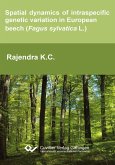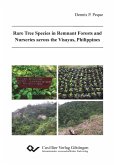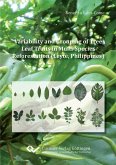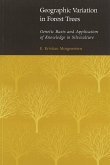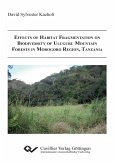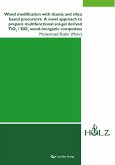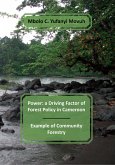The rapid decline of the Philippine forests has resulted in highly fragmented tree populations. In response to this, plantation programs boomed during the 80¿s and early 90¿s of the last century. Plantation forests, however, were mostly established with reproductive materials from unknown sources with presumably restricted genetic diversity. In this study, genetic variation patterns at microsatellite (SSR) and AFLP markers were investigated and compared between planted and natural populations of the ecologically important and critically endangered tropical rainforest tree species: Shorea contorta and Parashorea malaanonan (Dipterocarpaceae). The study was important to conserve the remaining genetic diversity within populations of the investigated dipterocarps. Further, it provided useful data for better planning actions when it comes to reinforcement of existing species populations and re-introduction of the species. In addition, it gave information for a genetically sound seed collection efforts to support the continuous forest restoration programs in the country.


